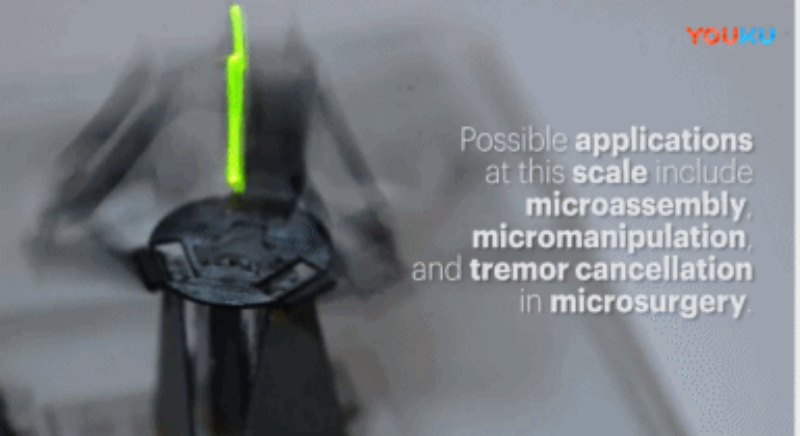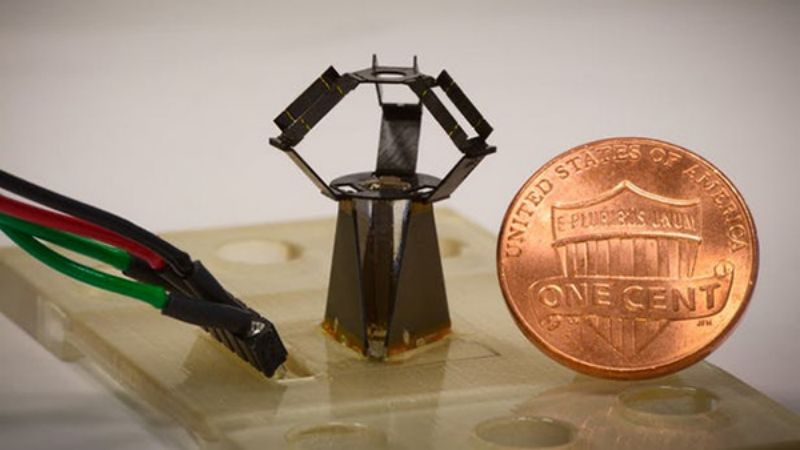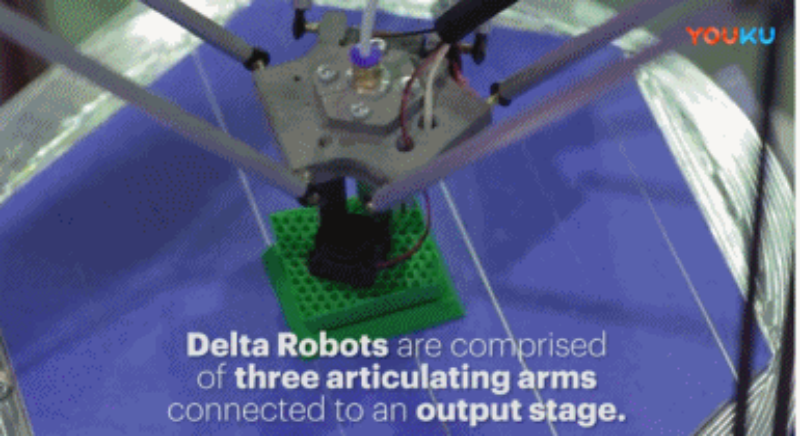According to foreign media reports, the Delta robot can be widely used on the assembly line because of its speed and flexibility, but this kind of work requires a lot of space. And just recently, engineers from Harvard University have developed the world's smallest version of a robotic arm, called MilliDelta. As the name suggests, Millium+Delta, or minimal Delta, is just a few millimeters long and allows for precise selection, packaging, and manufacturing, even in some minimally invasive procedures.

In 2011, a team at Harvard's Wyssyan Institute developed a flat manufacturing technique for microrobots that they called pop-up microelectromechanical system (MEMS) manufacturing. Over the past few years, researchers have put this idea into action, creating a self-assembling crawling robot and an agile bee robot called Robobee. The latest MilliDelct is also built using this technology.

MilliDelta is made of a composite laminated structure and multiple flexible joints, and in addition to achieving the same dexterity as the full-size Delta robot, it can operate in a space as small as 7 cubic millimeters with an accuracy of 5 micrometers. MilliDelta itself is only 15 x 15 x 20 mm.

The tiny robotic arm could mimic the various applications of its larger siblings, finding use in picking and packing tiny objects, such as electronic parts in the lab, batteries or acting as a steady hand for microsurgery. MilliDelta has completed its first surgery, participating in the testing of a device to treat the first human tremor.
The related research report has been published in Science Robotics.

Post time: Sep-15-2023




